Night factory tours provide history lesson of Japan's modern economy
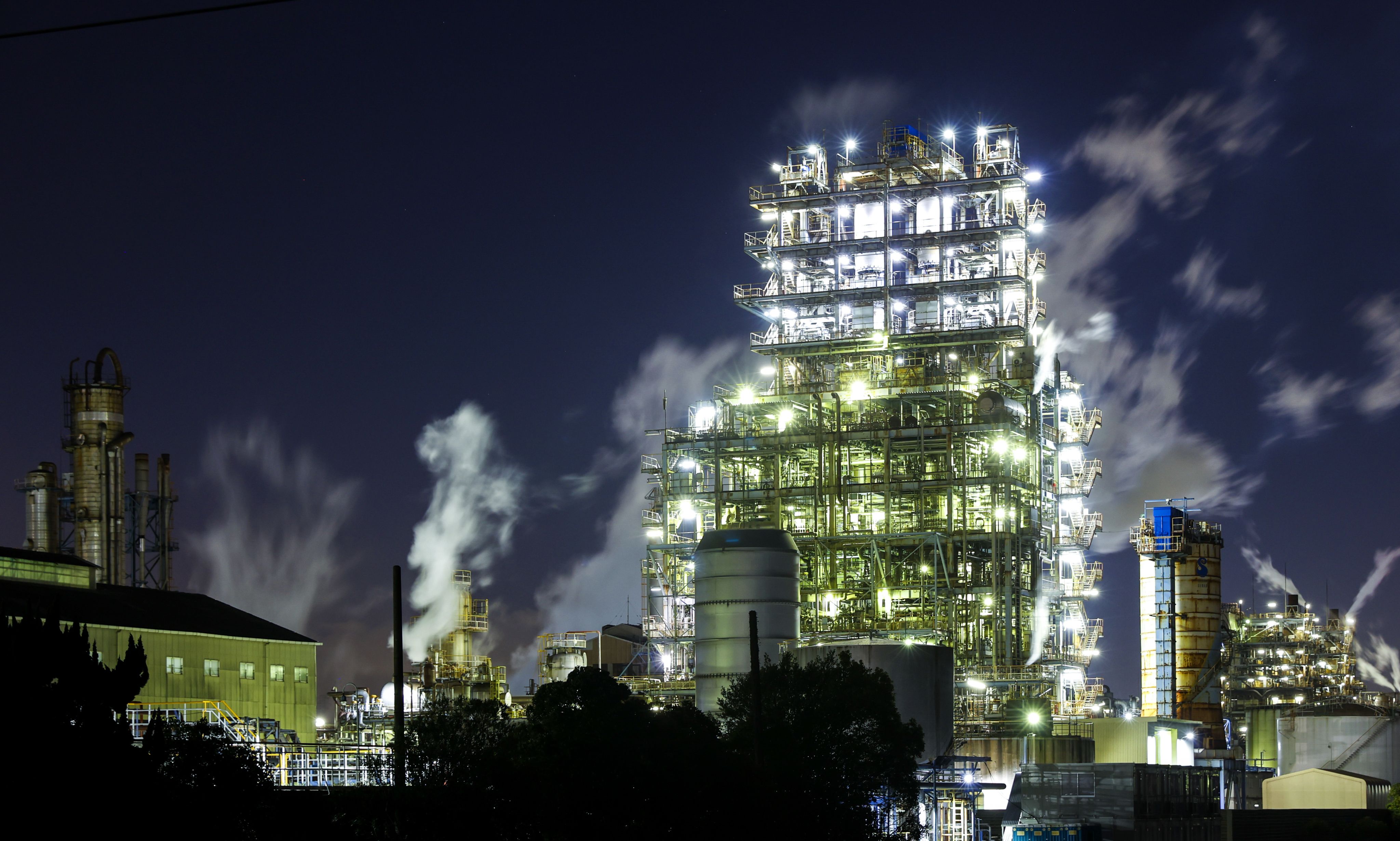

Hundreds of lights emit an ethereal glow while a flame billows from a slender chimney that towers over a refinery, warming a group of tourists who have come to see the collection of factories that dot Kawasaki, a large industrial seaside city near Tokyo.
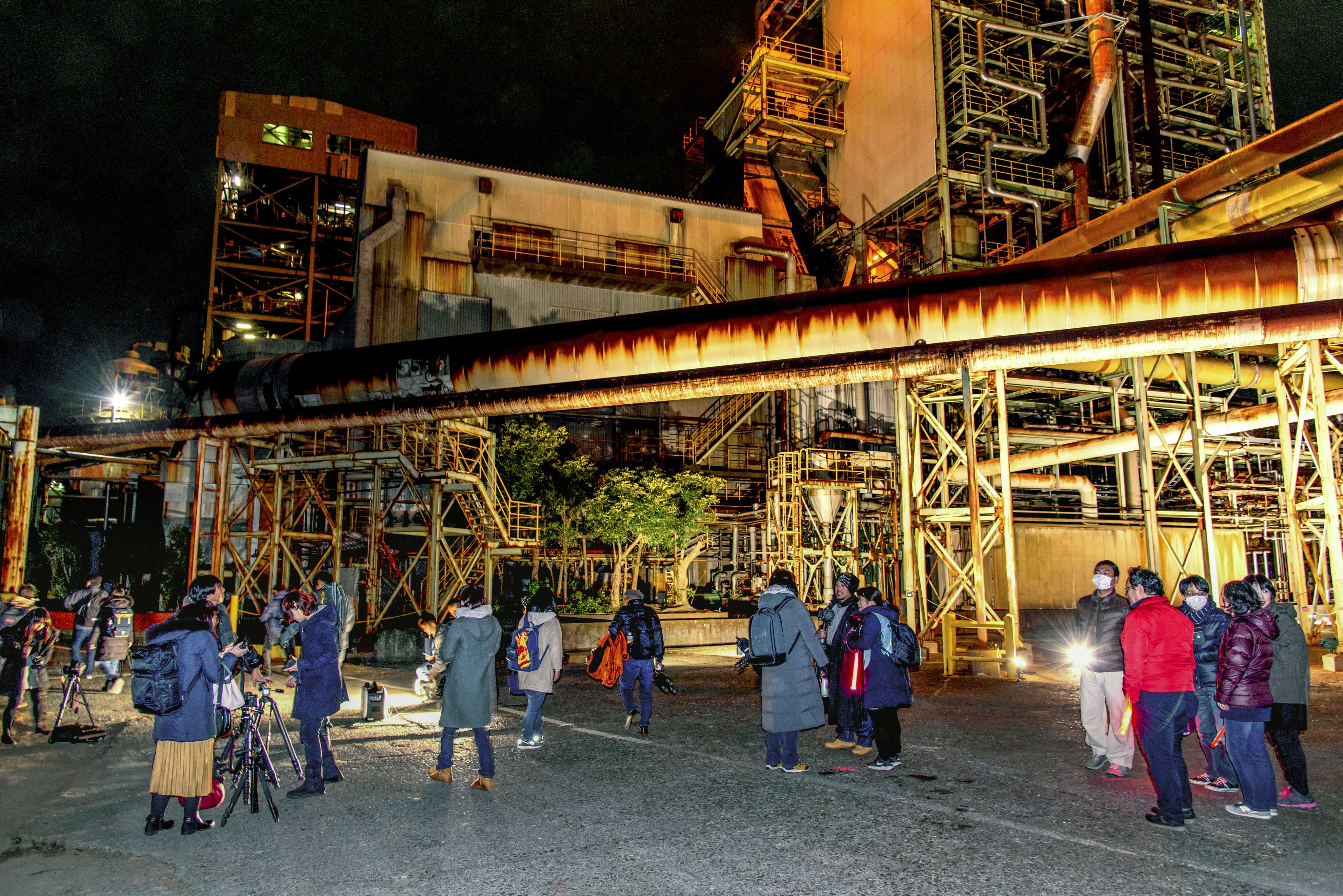
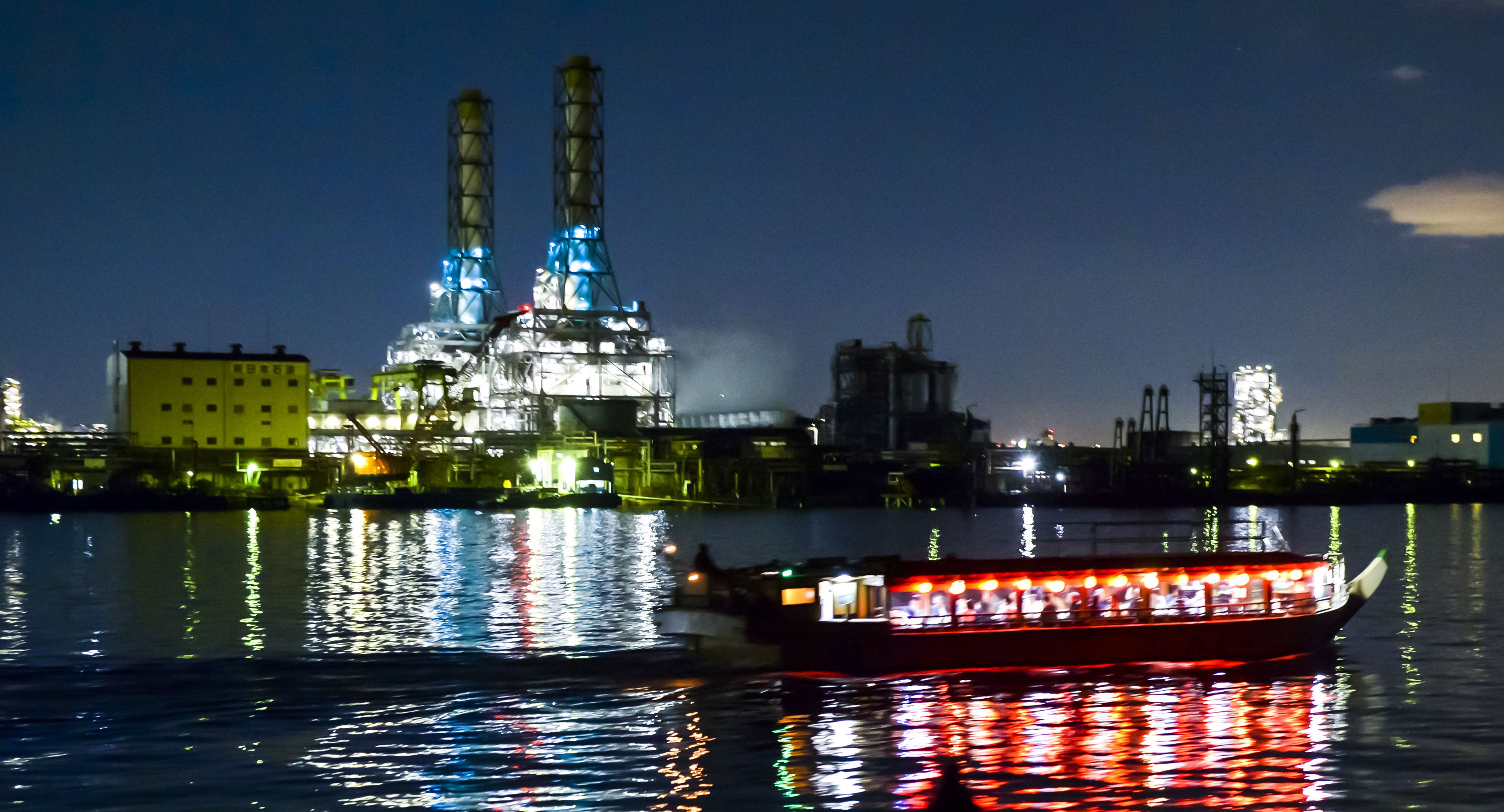
Among the activities targeting the recent surge in visitors to the country are night factory viewing tours that take people to enjoy dystopian-like sceneries and learn their histories.
The pastime has been steadily gaining traction since it first became popularized in 2011 by a handful of photographers, making way for expressions such as "kojo-moe" -- literally "factory affection" –- to signify the growing adoration for the plants.
"With the plants specializing in a variety of things, industrial tourism provides an incentive to learn more" about Japan's modern economic development, said Kyohei Ishikawa, the assistant chief of the tourism division of the Fuji municipal government in Shizuoka Prefecture, who speaks on behalf of the National Council of Factory Night View Cities.
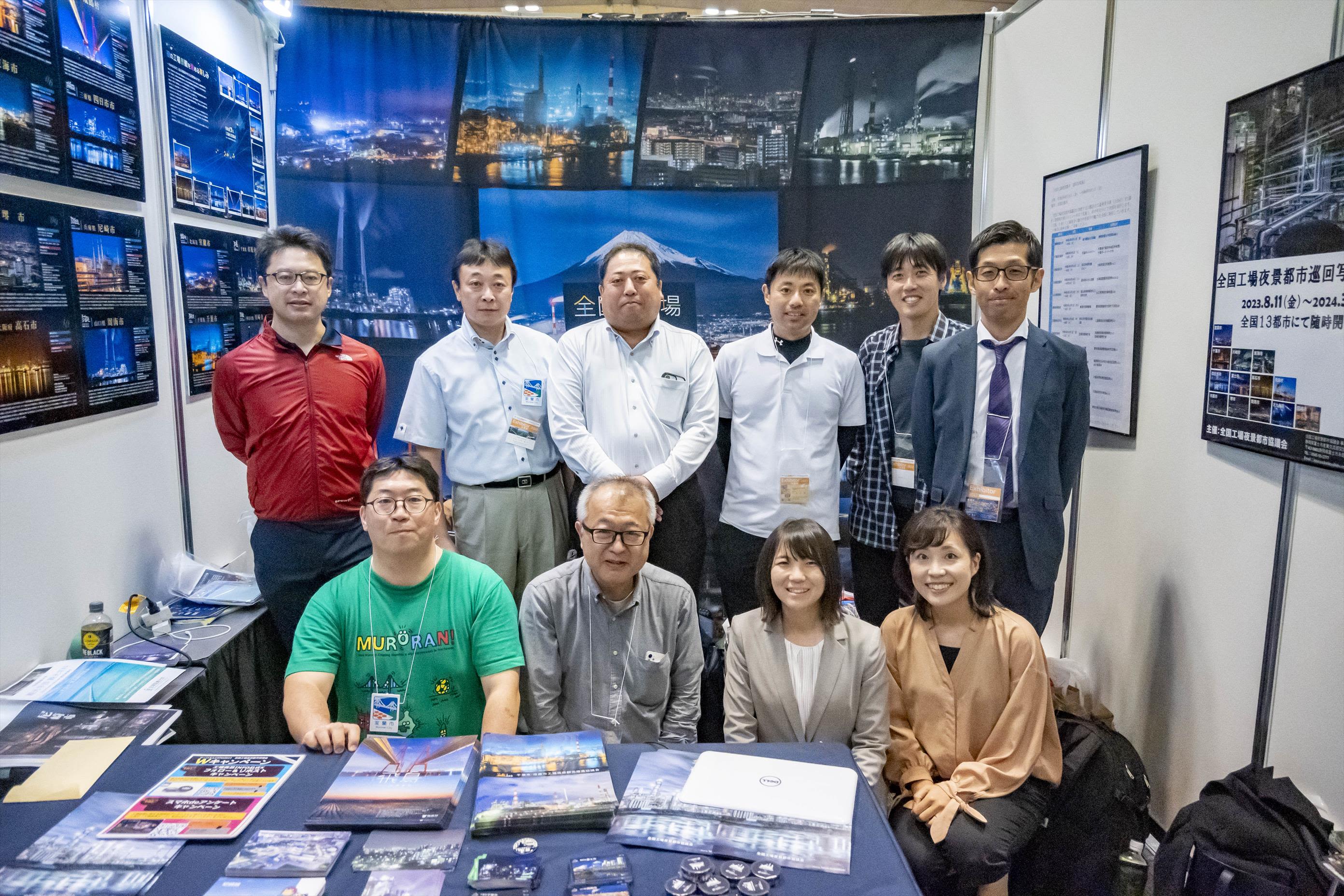
©The National Council of Factory Night View Cities
©The National Council of Factory Night View Cities
Founded in 2011, the council was originally established by Japanese cities considered home to the "main four night factory views" –- Kawasaki in Kanagawa Prefecture, Yokkaichi in Mie Prefecture, Muroran in Hokkaido and Kitakyushu in Fukuoka Prefecture.
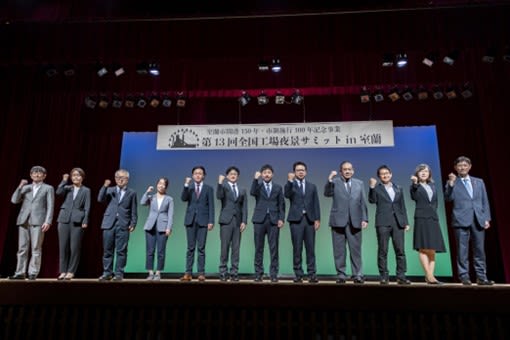
©The National Council of Factory Night View Cities
©The National Council of Factory Night View Cities
It now boasts 13 municipalities that jointly promote the plants as a unique destination worth discovering by hosting annual summits, stamp rallies and photography exhibitions.
Night Factory Tour Spots across Japan
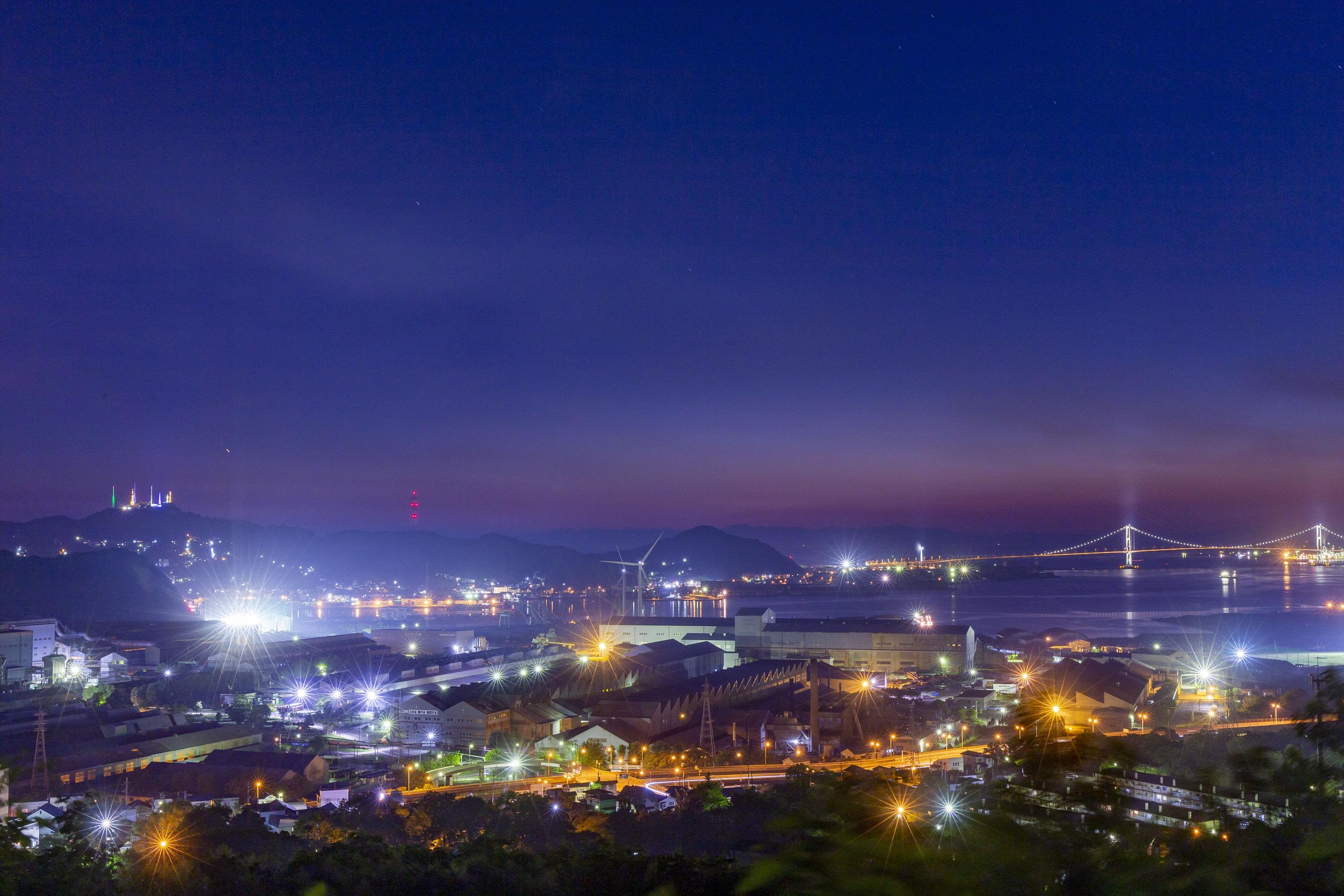
Muroran
A major industrial city in Hokkaido and home of Nippon Steel Corp.'s North Nippon Works. Steelworks developed around Muroran Port, which previously served as a shipping point for coal. It is located on the eastern tip of Uchiura Bay and not far from Mt. Usu, a volcano.
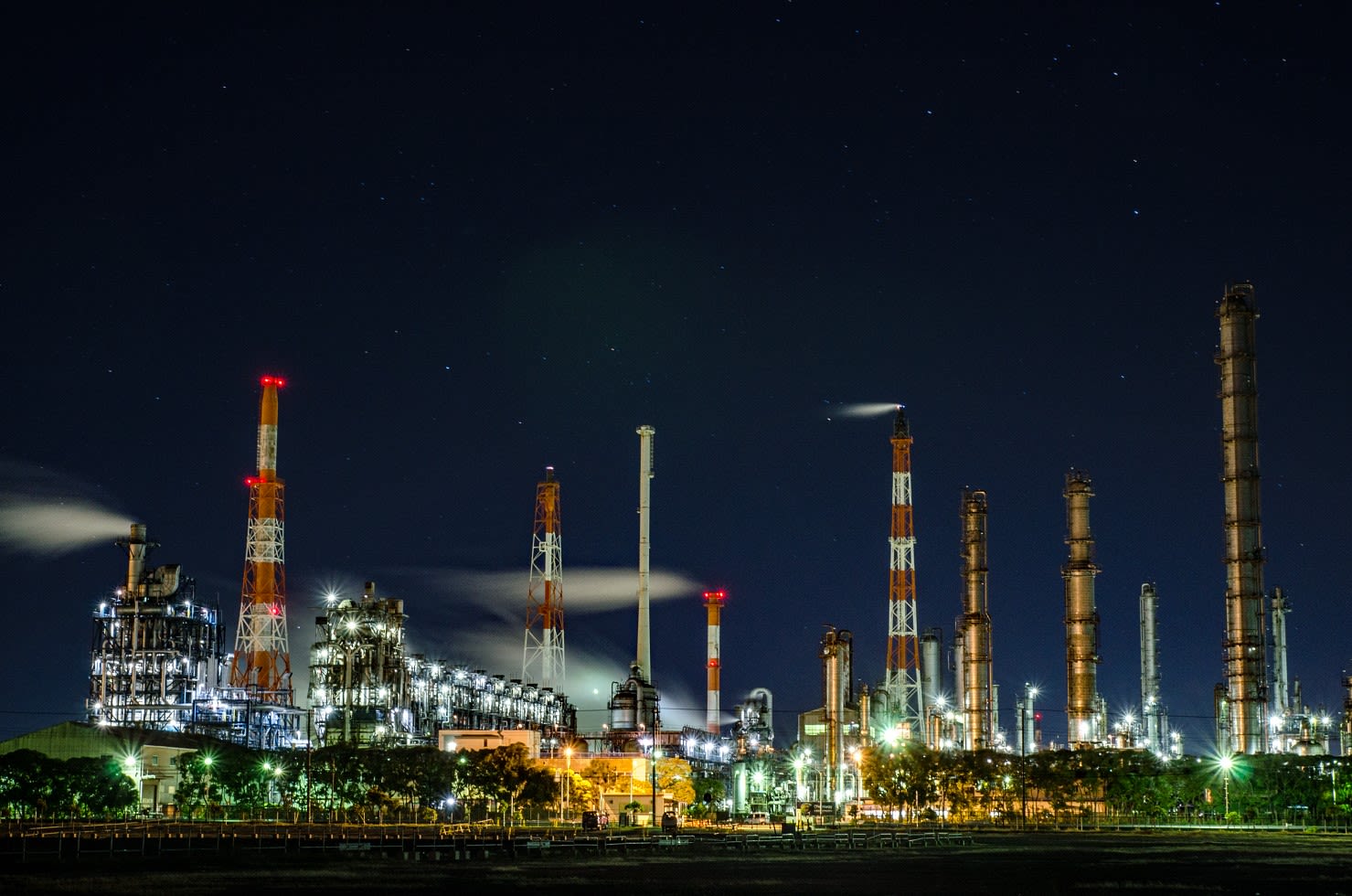
Ichihara
An industrial city near Tokyo known for a cluster of petrochemical plants, including one operated by Sumitomo Chemical Co. Located just south of Chiba, the capital of Chiba Prefecture, Ichihara makes up a portion of the Keiyo coastal industrial zone.
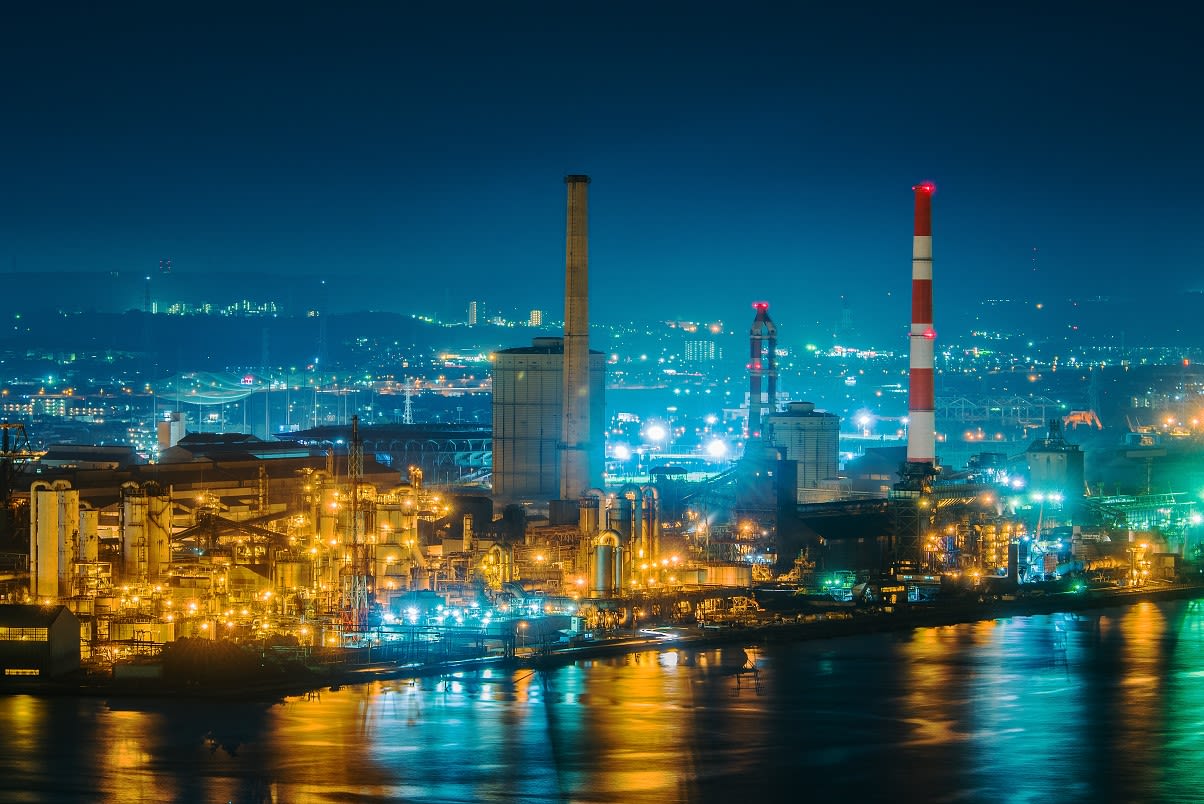
Chiba
The capital of Chiba Prefecture, known for Chiba Port with its gantry cranes for handling shipping containers, is also host to various industrial plants, including JFE Steel Corp.'s East Japan Works Chiba, making up the Keiyo coastal industrial zone.
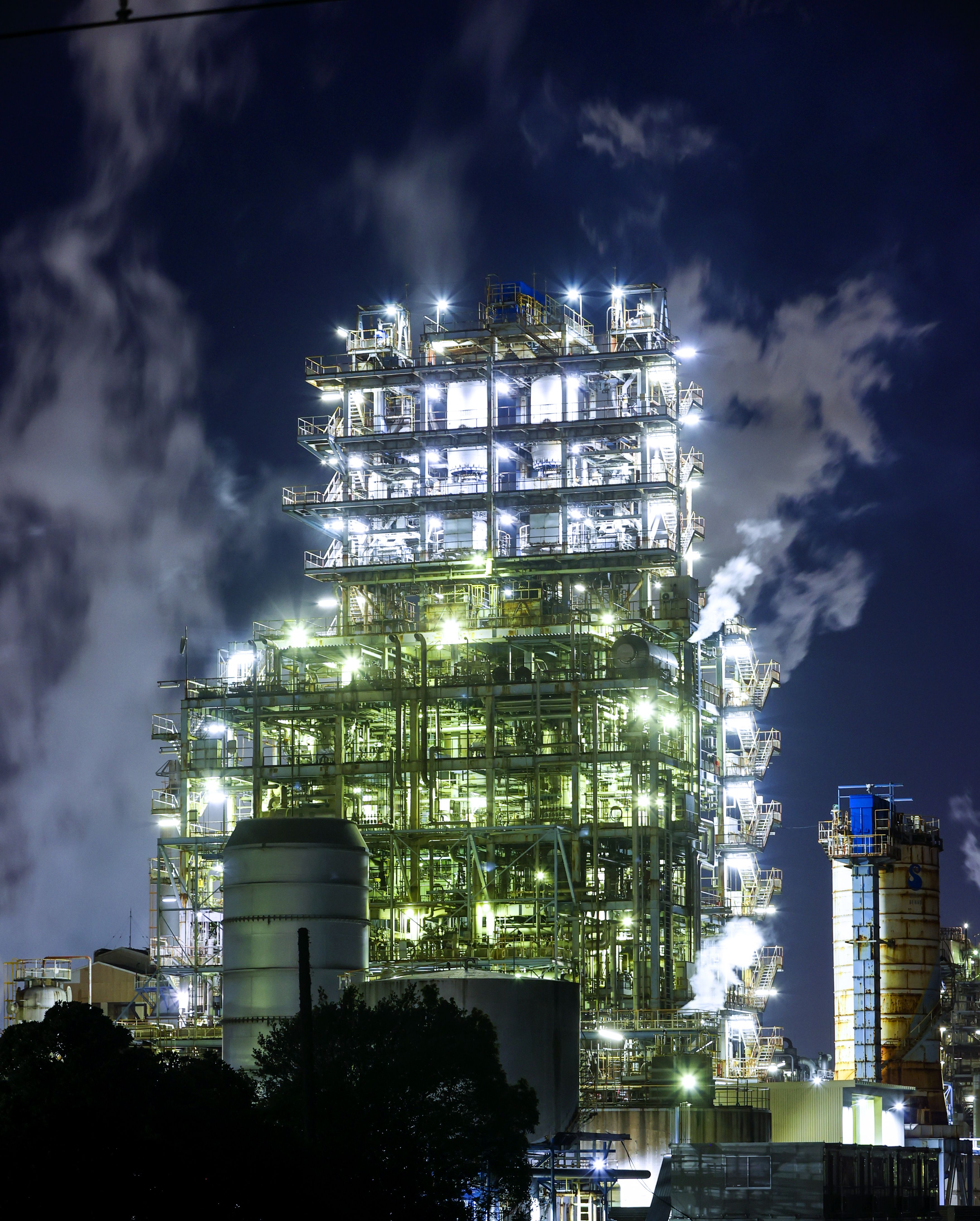
Kawasaki
A major industrial city between Tokyo and Yokohama. Sandwiched between Haneda airport and Yokohama Port, its coastal industrial area consists of a multitude of plants, such as a scaffold-like structure belonging to Showa Denko KK, now known as Resonac Holdings Corp.
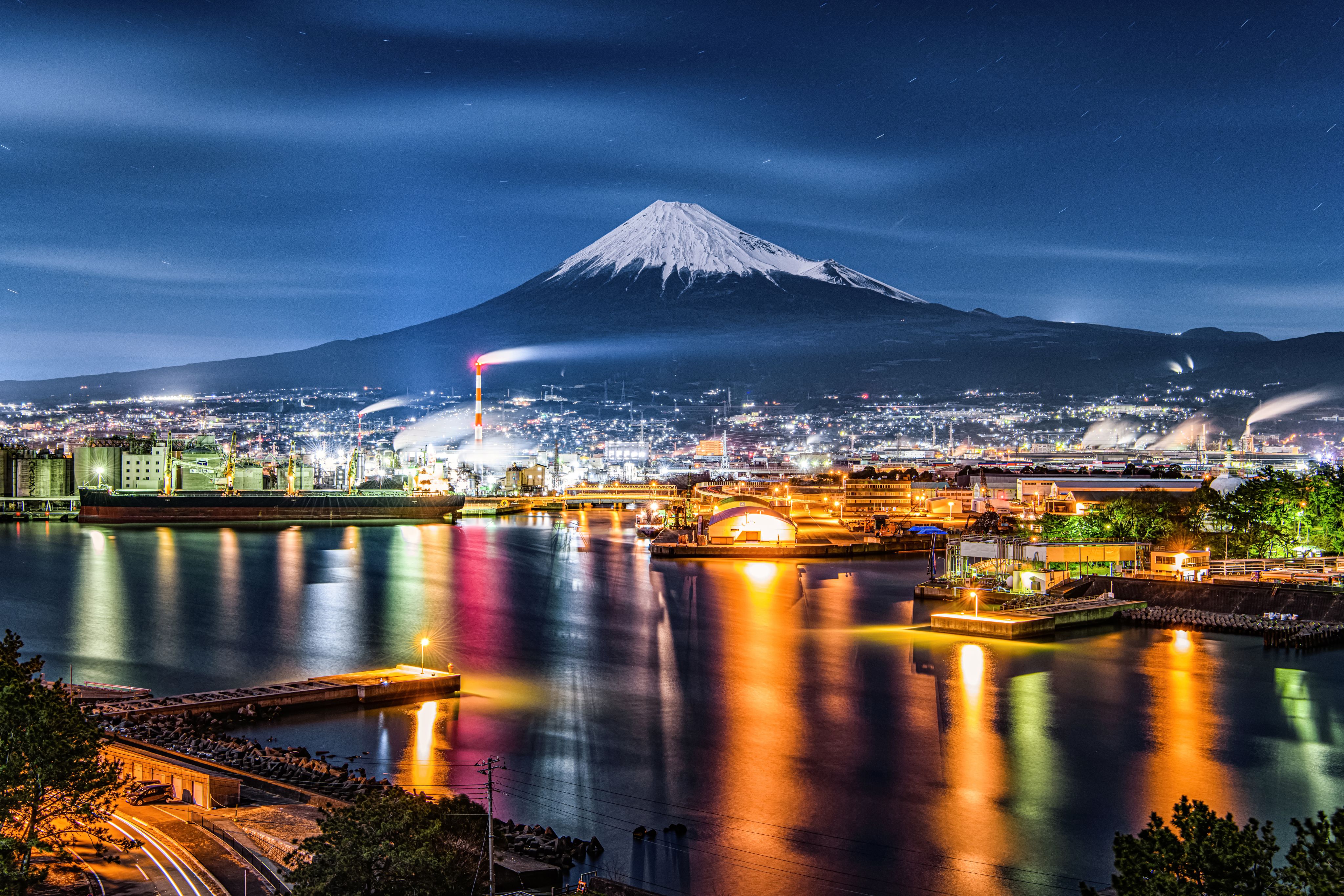
Fuji
Located at the foothills of Mt. Fuji, the Shizuoka Prefecture city is widely known as the "city of paper" because it has long hosted paper mills that draw on abundant water flowing from nearby mountains. The seaside city is also home to chemical and machinery plants.
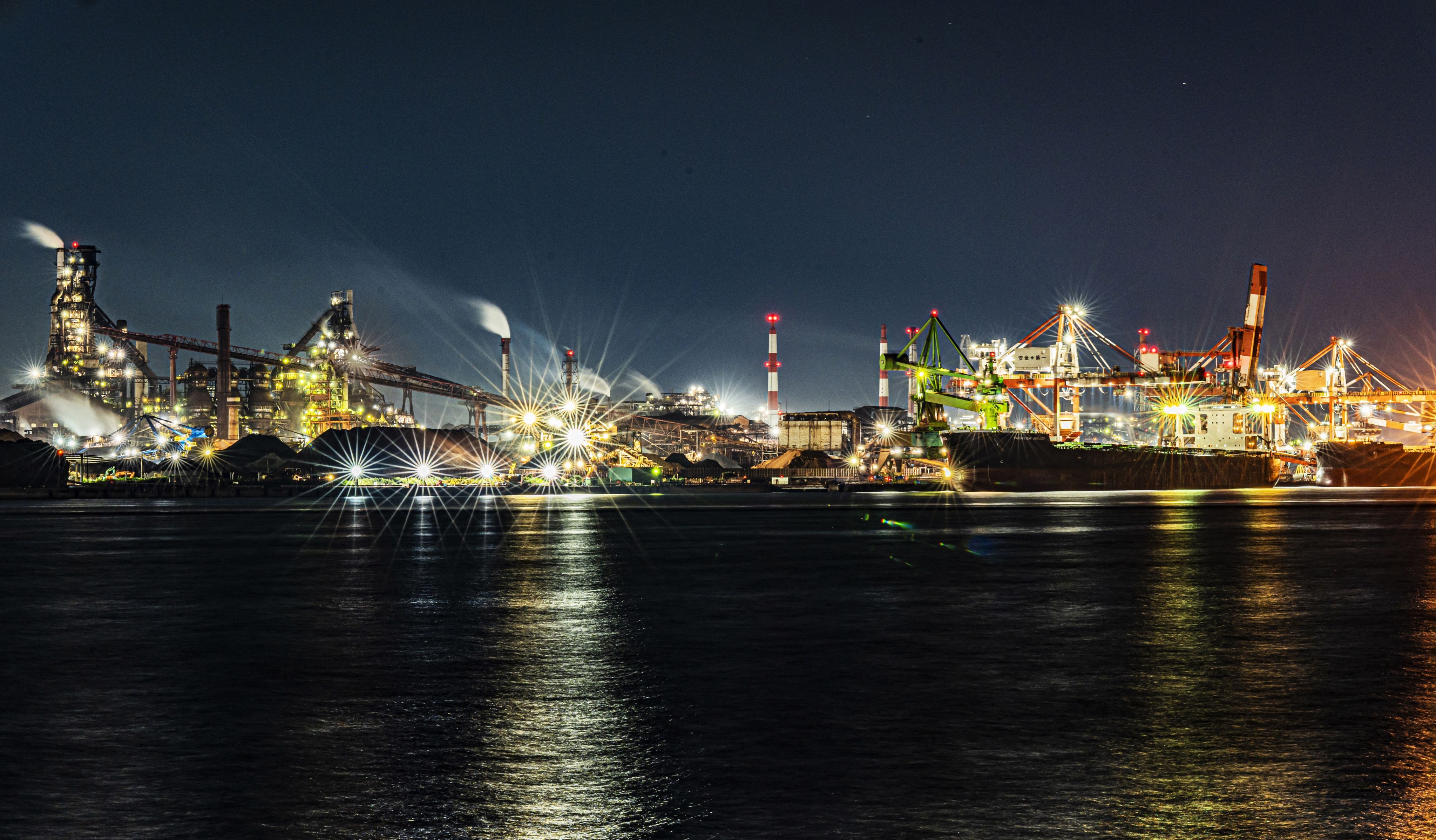
Tokai
An Aichi Prefecture city located south of Nagoya and not far from Chubu airport on the eastern side of Ise Bay. Home to Nippon Steel Corp.'s Nagoya Works, Tokai is the largest steelmaking area in the Chubu region and forms part of the Nagoya southern industrial zone.
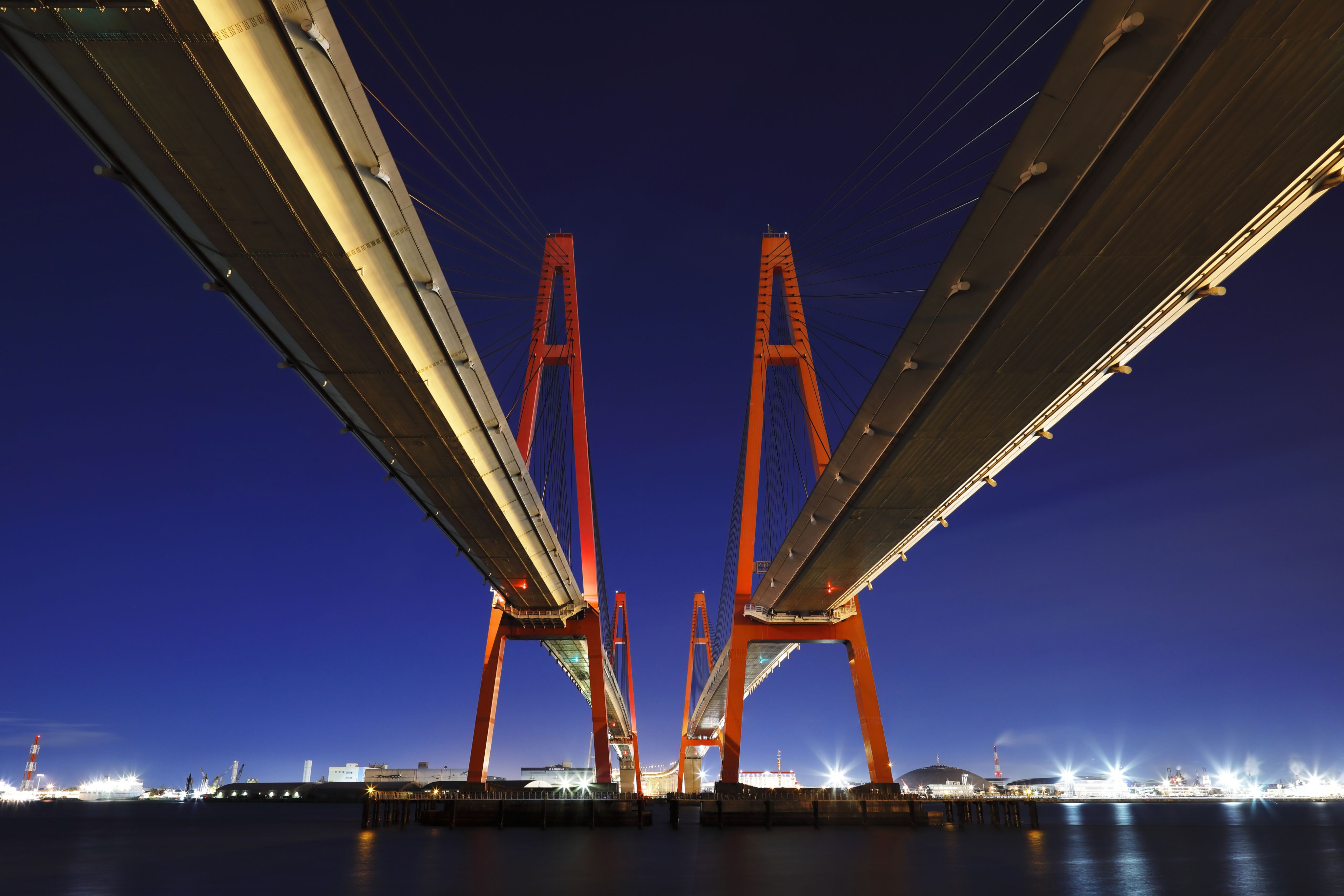
Tobishima
A tiny area in Aichi Prefecture located at the northernmost part of Ise Bay is marked by giant port facilities with gantry cranes, as it serves as part of the trading port of the far larger city nearby, Nagoya. With a population of less than 5,000, it remains a village as an administrative unit.
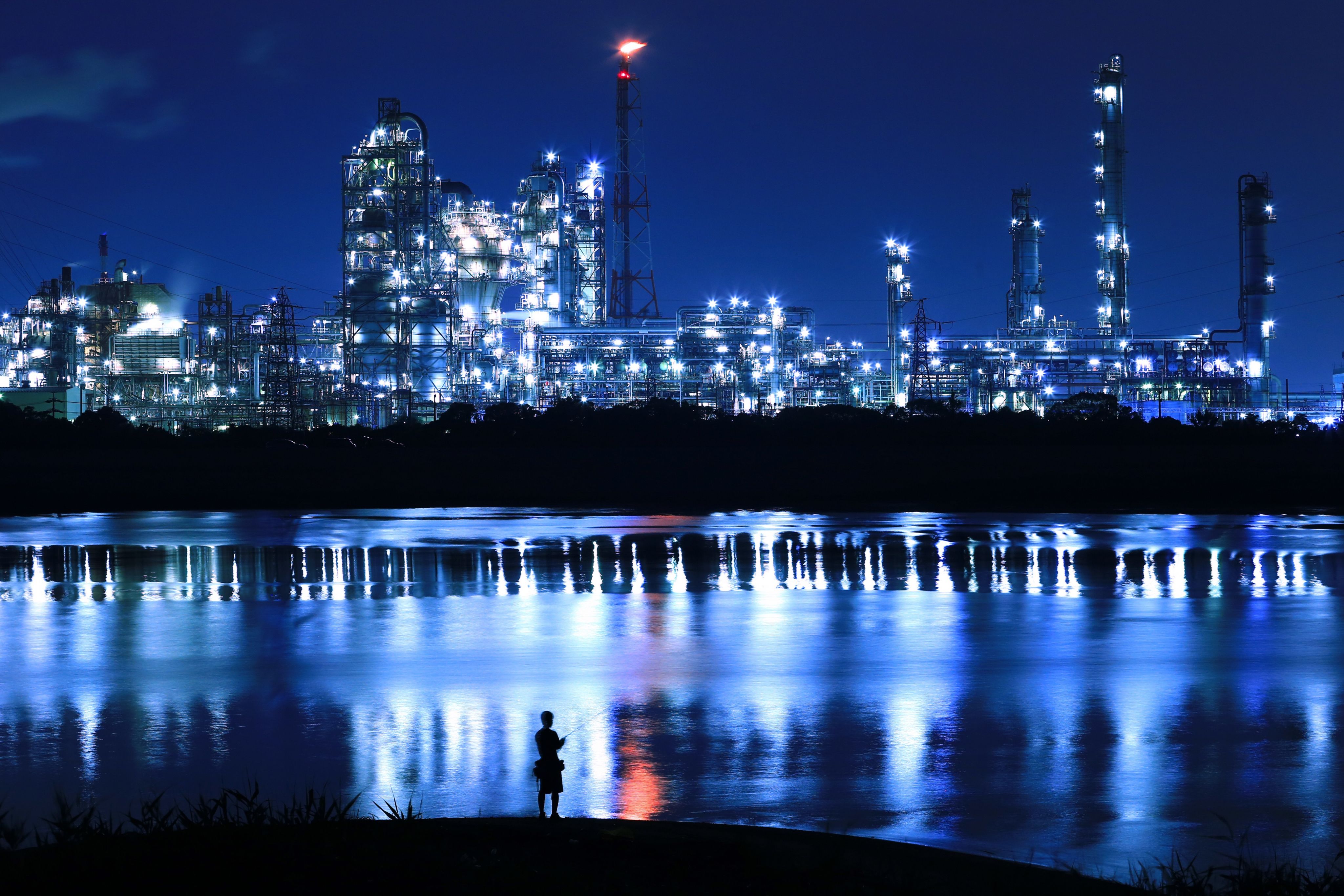
Yokkaichi
A major city in Mie Prefecture on the western side of Ise Bay, Yokkaichi hosts a large petrochemical complex. While it previously became infamous for air pollution that caused "Yokkaichi asthma" symptoms, the area has since overcome the problems. Its high smokestacks were part of efforts to alleviate the pollution.
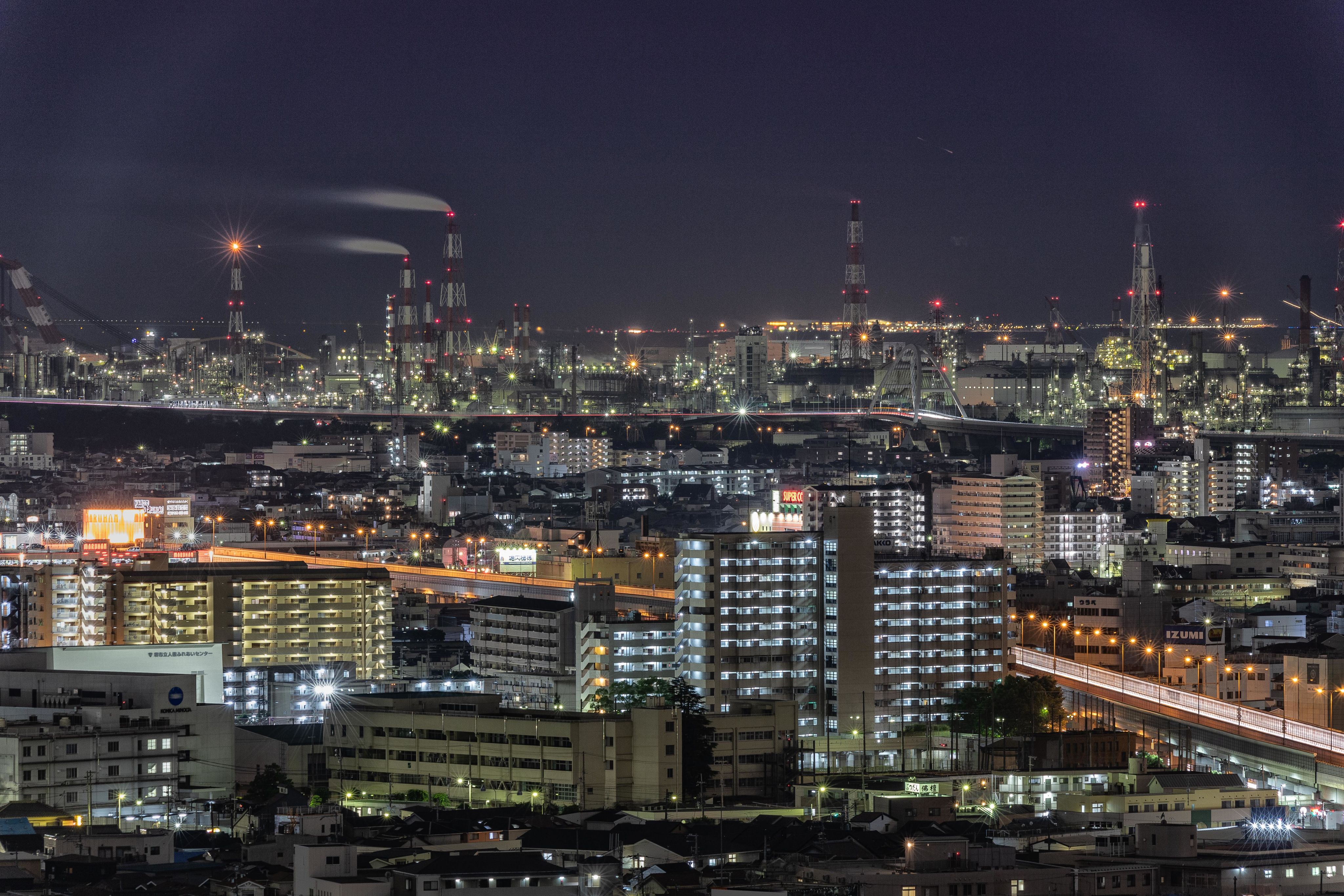
Sakai
A major city in Osaka Prefecture facing Osaka Bay. Originally developed as a trading port in feudal Japan, Sakai is now an industrial port that makes up the Sakai-Semboku coastal industrial area. It is home to steelworks, electric power, shipbuilding, oil refinery and chemical plants.
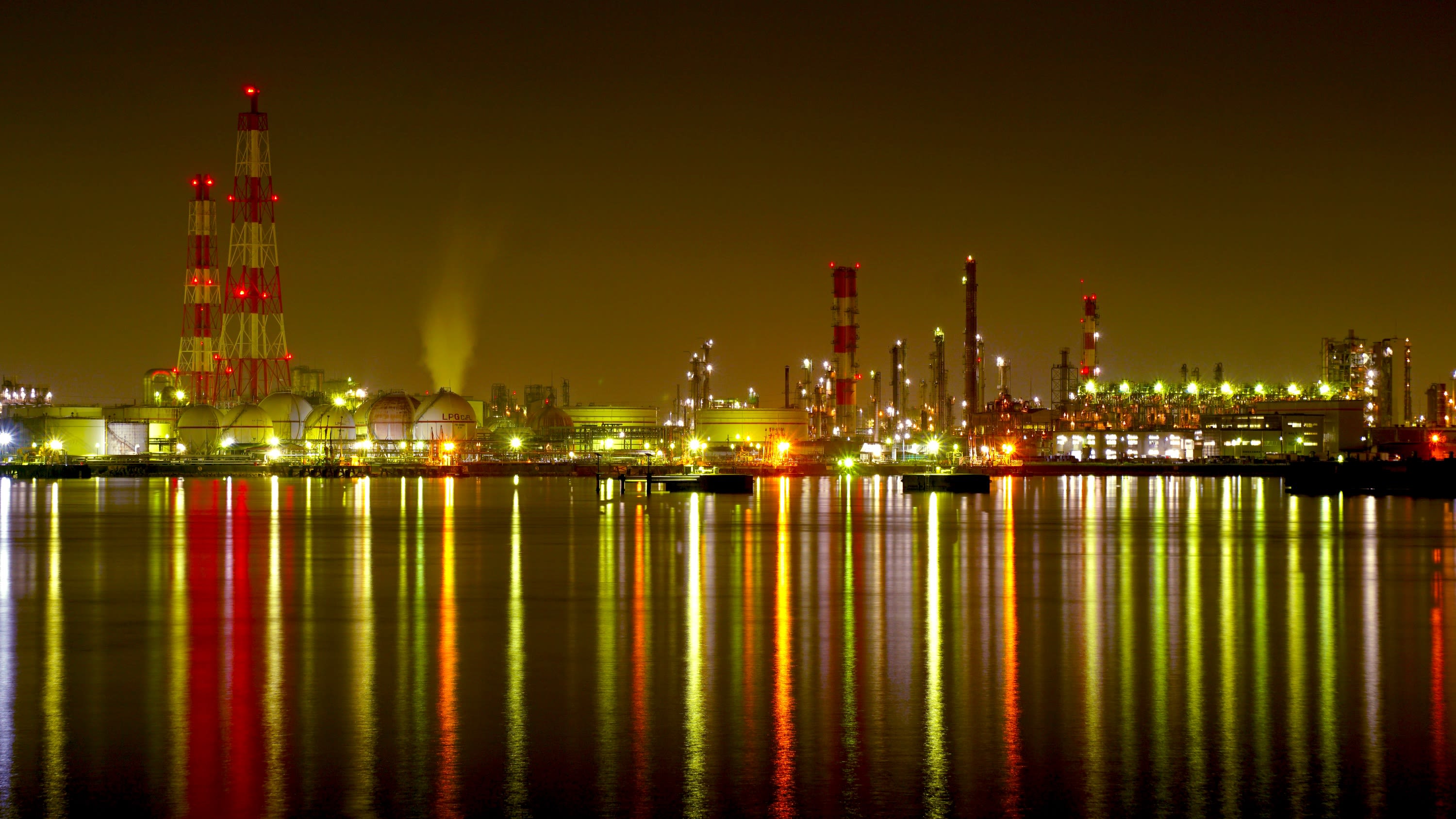
Takaishi
An Osaka Prefecture city next to Sakai that together makes up the Sakai-Semboku coastal industrial area. Chemical factories and refineries dot the city's coastal region, notably Mitsui Chemicals Inc.'s Osaka Works plant.
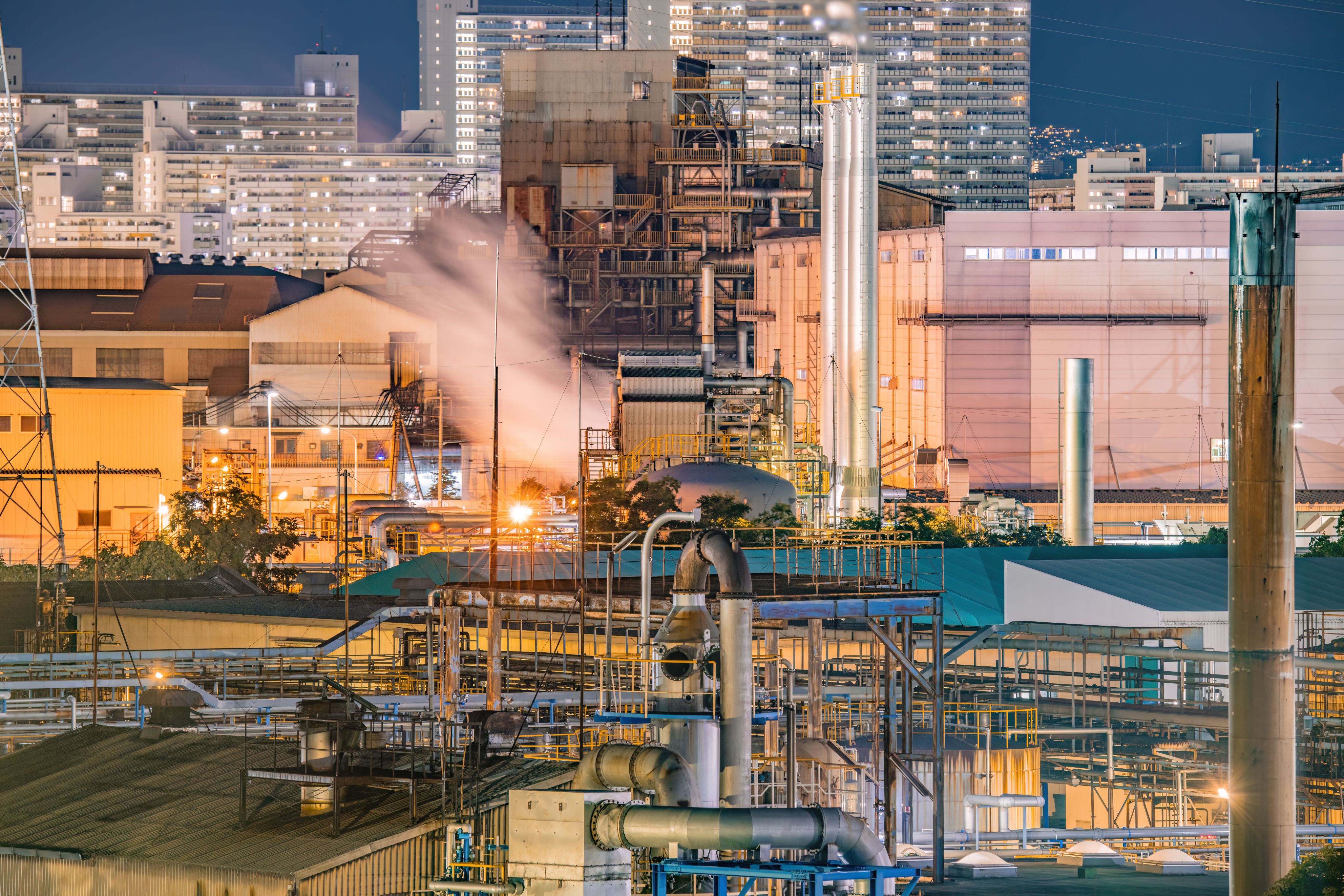
Amagasaki
A Hyogo Prefecture city between Osaka and Kobe. The industrial area facing Osaka Bay hosts steel and chemical plants, while the city's northern part has developed as residential areas on the outskirts of Osaka. It is close to both JR Shin-Osaka Station and Osaka airport.

Shunan
A city in Yamaguchi Prefecture facing the Seto Inland Sea, located west of Iwakuni in the same prefecture. Its coastal area is marked by vast chemical plants, notably those of Tosoh Corp. Shunan is part of an industrial belt that has formed along the inland sea's shorelines.
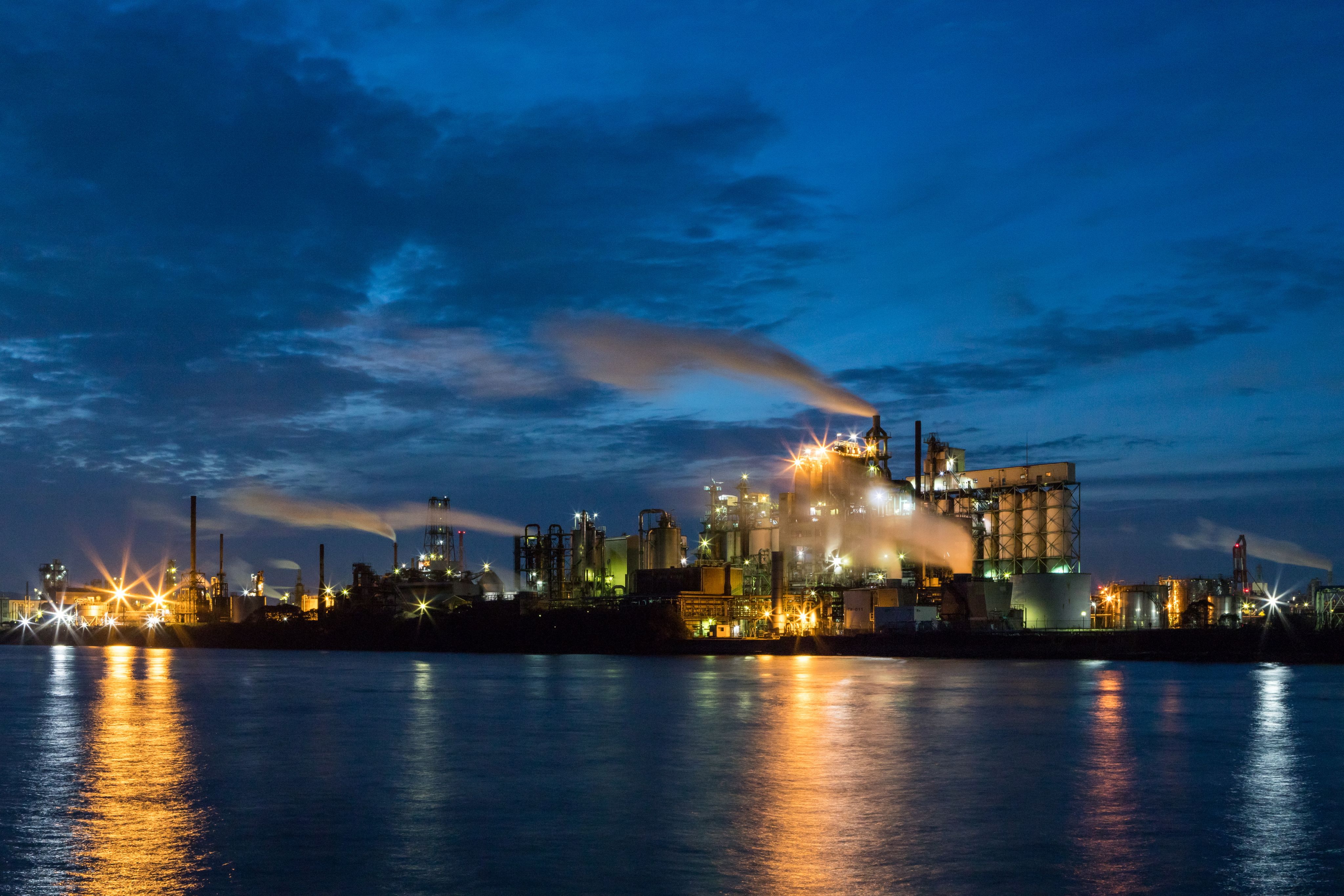
Kitakyushu
Home of the formerly state-owned Yawata Steel Works, a UNESCO World Heritage-listed site, this Fukuoka Prefecture seaside city played a pivotal role in Japan's industrialization. It hosts Nippon Steel Corp.'s Kyushu Works, along with chemical plants and a liquefied natural gas storage facility in the vicinity.
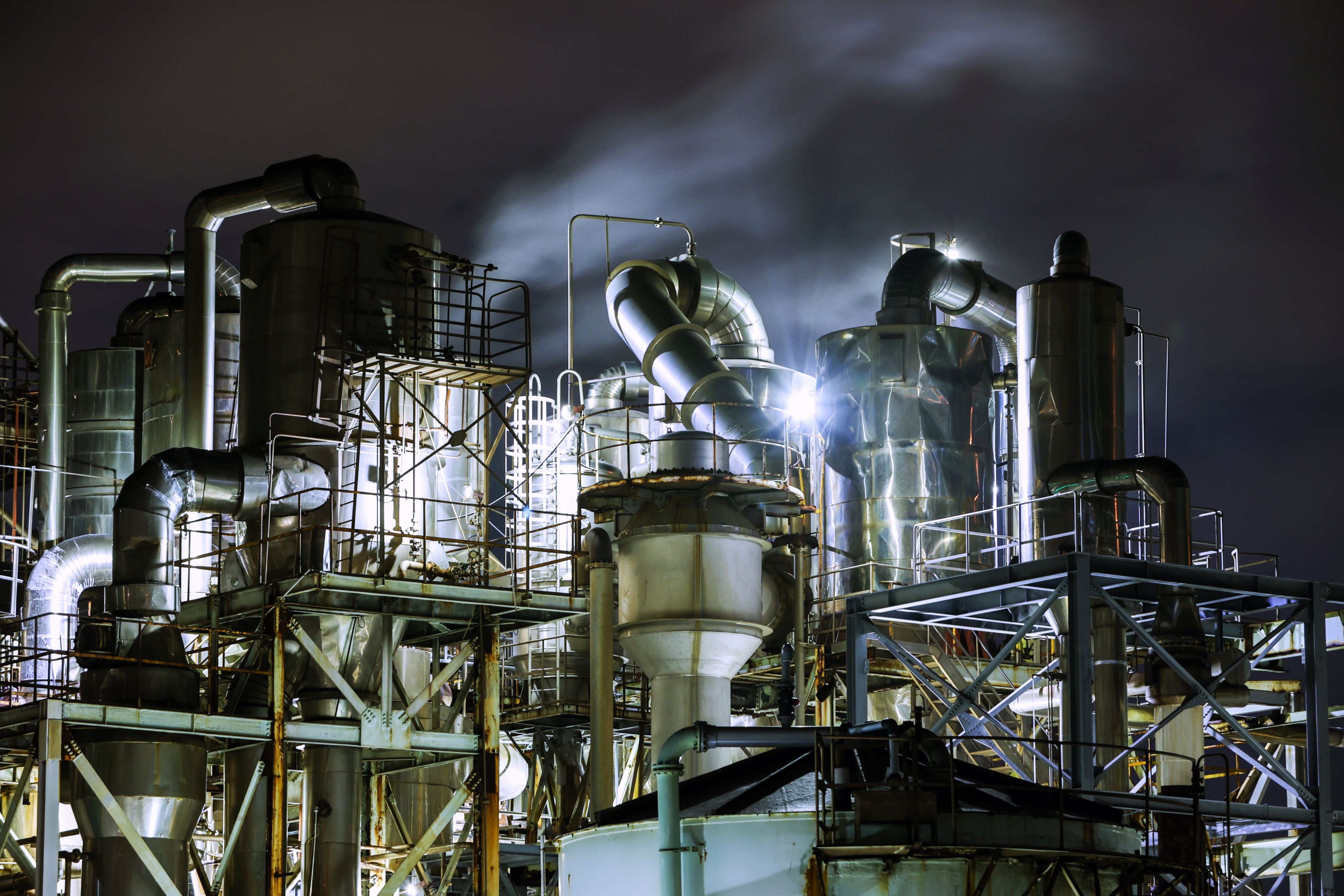
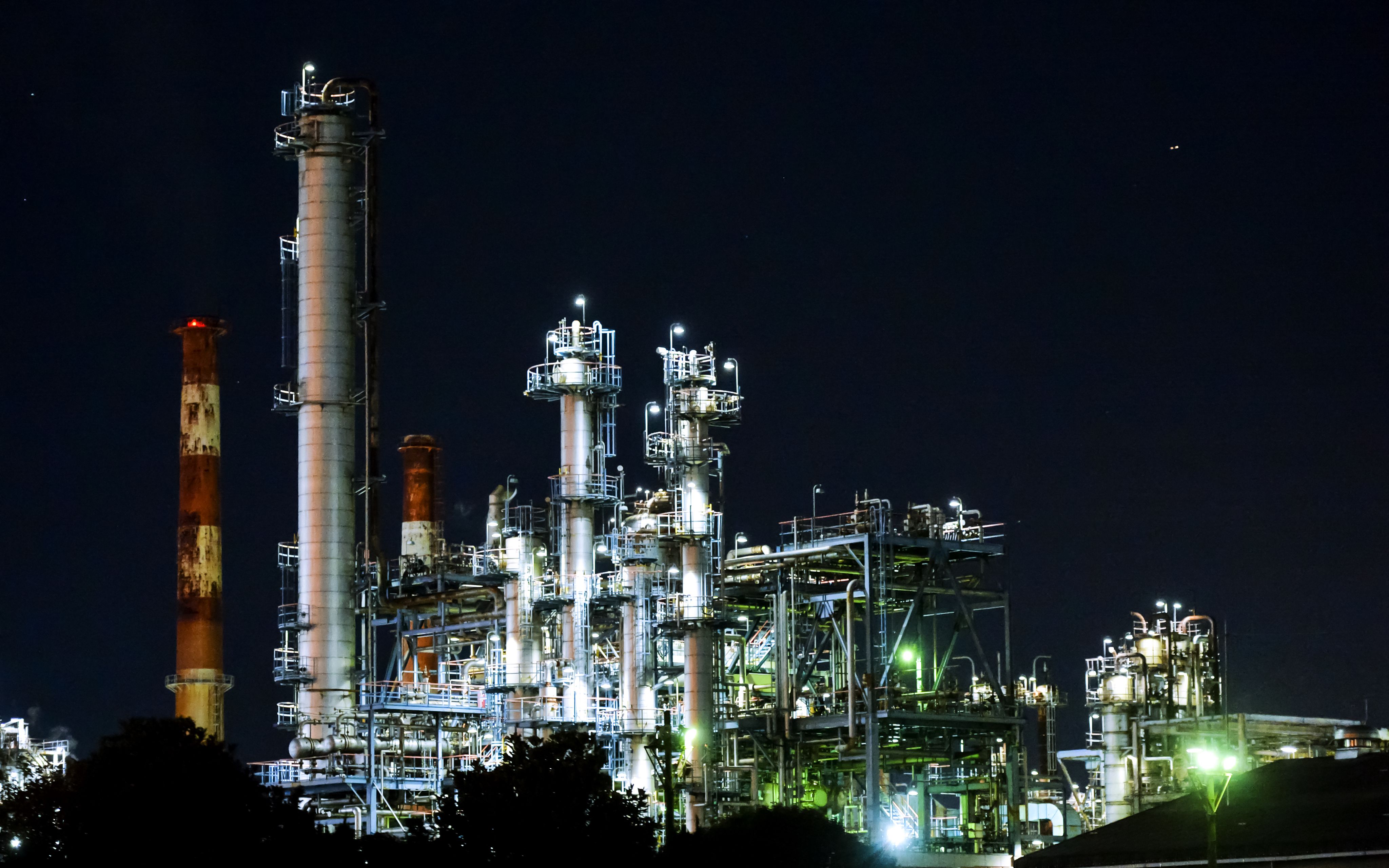
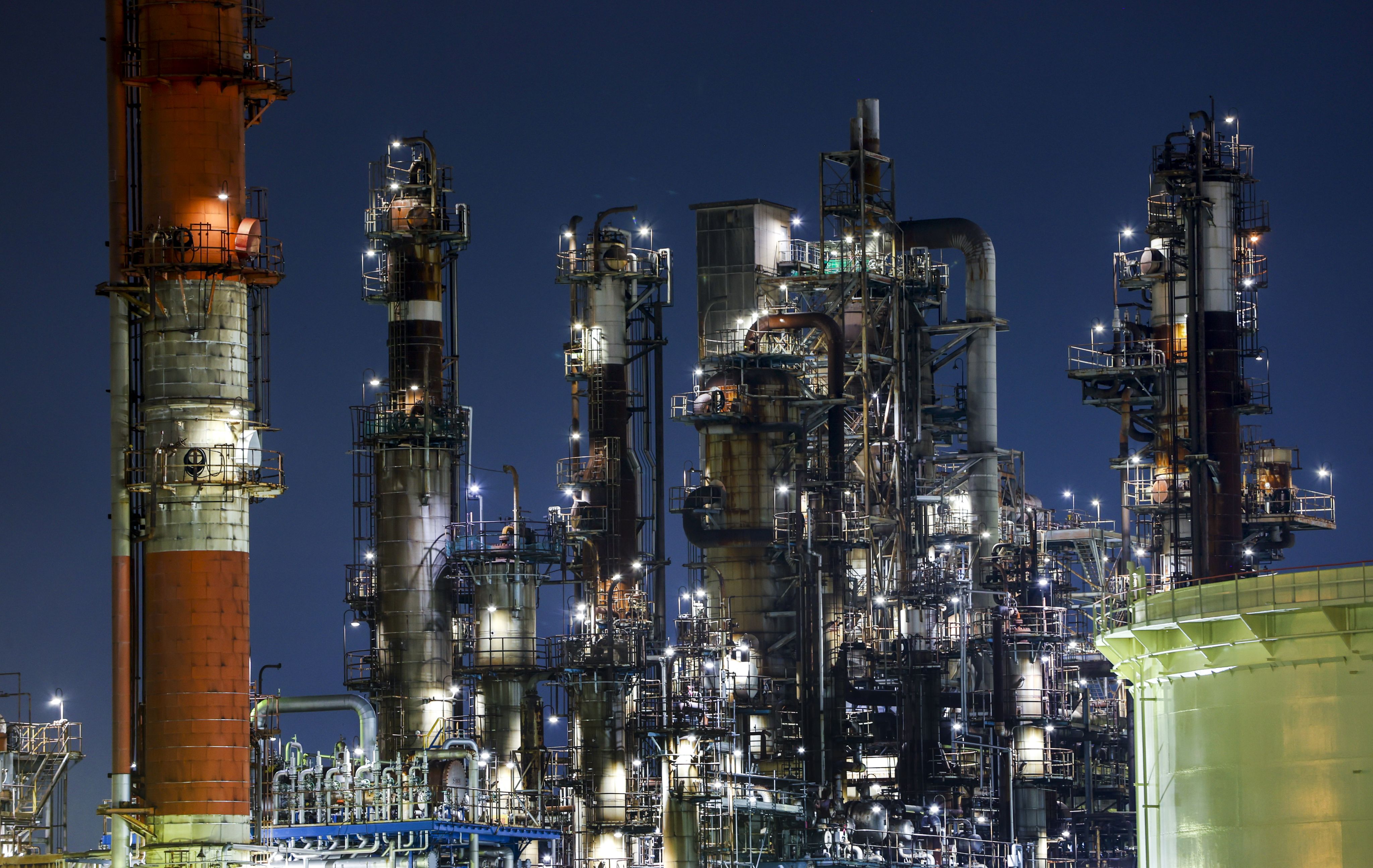
Viewing factories at night, whether by cruise, bus or walking, is just one of the few activities that have sprung up across the country as the government endeavors to make the most out of the economic potential of Japan's nighttime economy, defined as business that takes place between 6 p.m. and 6 a.m.
While Japan does not have official data regarding the after-dark economy, figures released for Britain and major cities, such as New York, prove that it generates substantial economic activity.
According to the Local Government Association in Britain, the nighttime economy is estimated to produce about 60 billion pounds ($76 billion) every year, while the Mayor's Office of Media and Entertainment said in 2019, nightlife in New York had generated $35.1 billion in annual economic output.
"Overseas tourists tend to crave a local authentic experience when they're in Japan," including those which have yet to be publicized in guidebooks, said Takahiro Saito, executive director of the Japan Nighttime Economy Association in Tokyo.
Many of the factory jungles across the country, including oil refineries, steelworks, and food processing factories, among others, were constructed around 100 years ago and have historically played significant roles in the country's modern economic development.
Muroran, for example, had served as a shipping port for coal since the Meiji Era, spanning between 1868 and 1912. Various steelworks developed around its coast over several decades during Japan's rapid modernization.
Meanwhile, Fuji in Shizuoka first became known for its paper mills from the late Edo Era in the mid- to late 1800s due to its abundance of fresh water. Eventually, it gained the moniker "city of paper."
"The plants are operating through the night and are known for being places that are constantly creating something," the Fuji municipal government's Ishikawa said. "When you see one location, it makes you want to see and learn about the others."
As many of the plants are located off the beaten path, their growing popularity can also have an impact on regional economies, as visitors stay overnight to enjoy the scenery in the dark, thereby creating more opportunities for people to learn about the local culture.
Ishikawa noted that the rising popularity of night factory viewing may also be attributed to changing attitudes regarding their cleanliness.
"People historically have associated factories with pollution," Ishikawa said, referring to one example known as "Yokkaichi asthma," a breathing condition linked to the Mie industrial city between the 1950s and 1970s.
Curiosity has since overridden perceptions of uncleanliness as facilities implement more environmentally friendly measures. Amagasaki, a city in Hyogo Prefecture that had faced civil lawsuits due to pollution, was designated by the central government as an environmental model city in 2013, signifying its commitment to decarbonization.
"Factories are dynamic. They have a massive presence, yet their multitude of lights look almost like jewels," Ishikawa said. "You don't get bored looking at them."

In Kawasaki, an open-air boat carrying night factory tour participants steadily made its way through waterways surrounding the multitude of factories as the softer lights of Yokohama Harbor welcomed them back to shore.
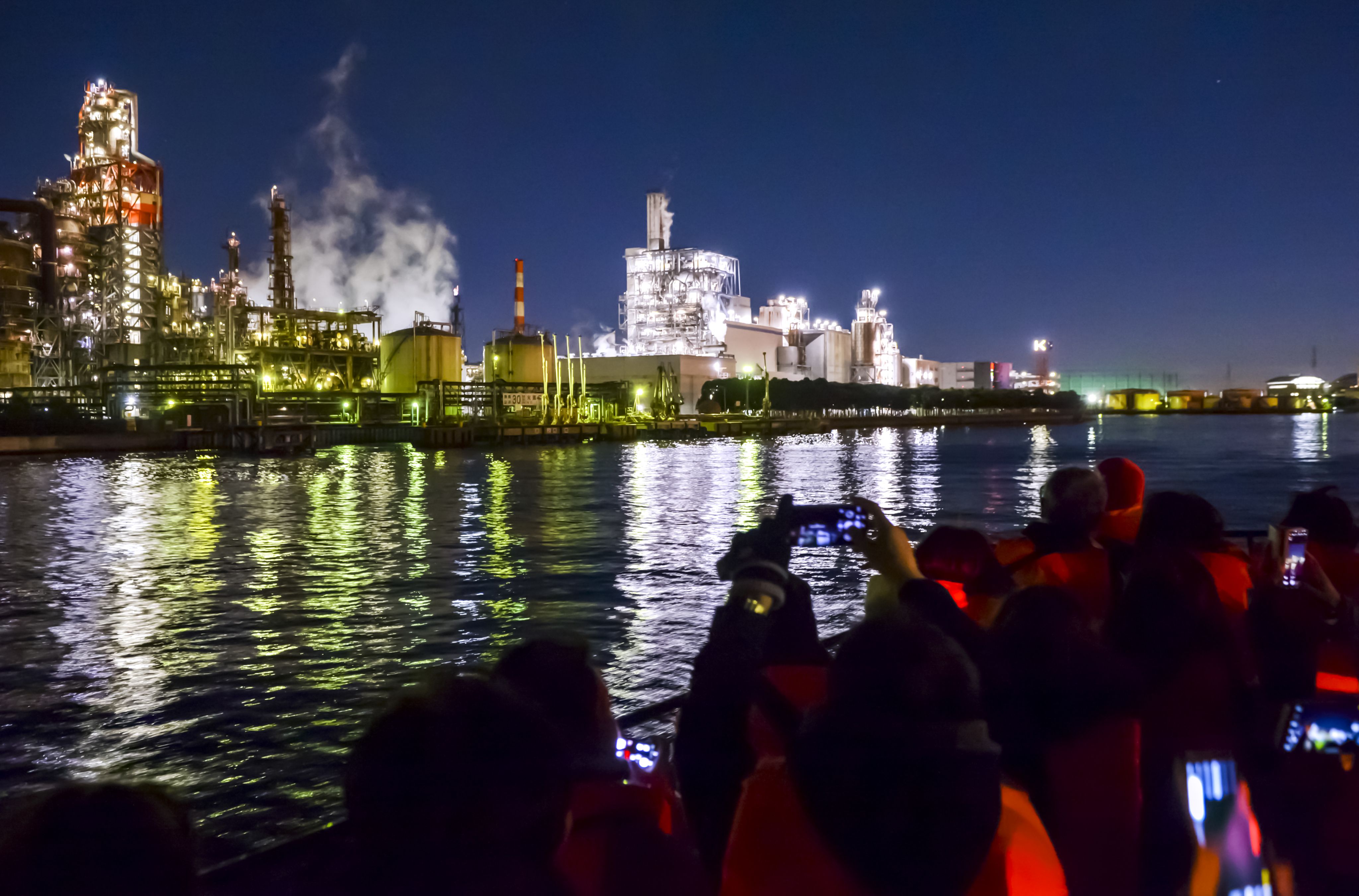

Text : Toma Mochizuki
Photo & Video :
Fumine Tsutabayashi,
Yuki Murayama
Editors: Daisuke Yamamoto, May Masangkay
Line Producer : Yuki Murayama
Design : Mayuko Dohi
All photos in the map except that of Kawasaki courtesy of the National Council of Factory Night View Cities
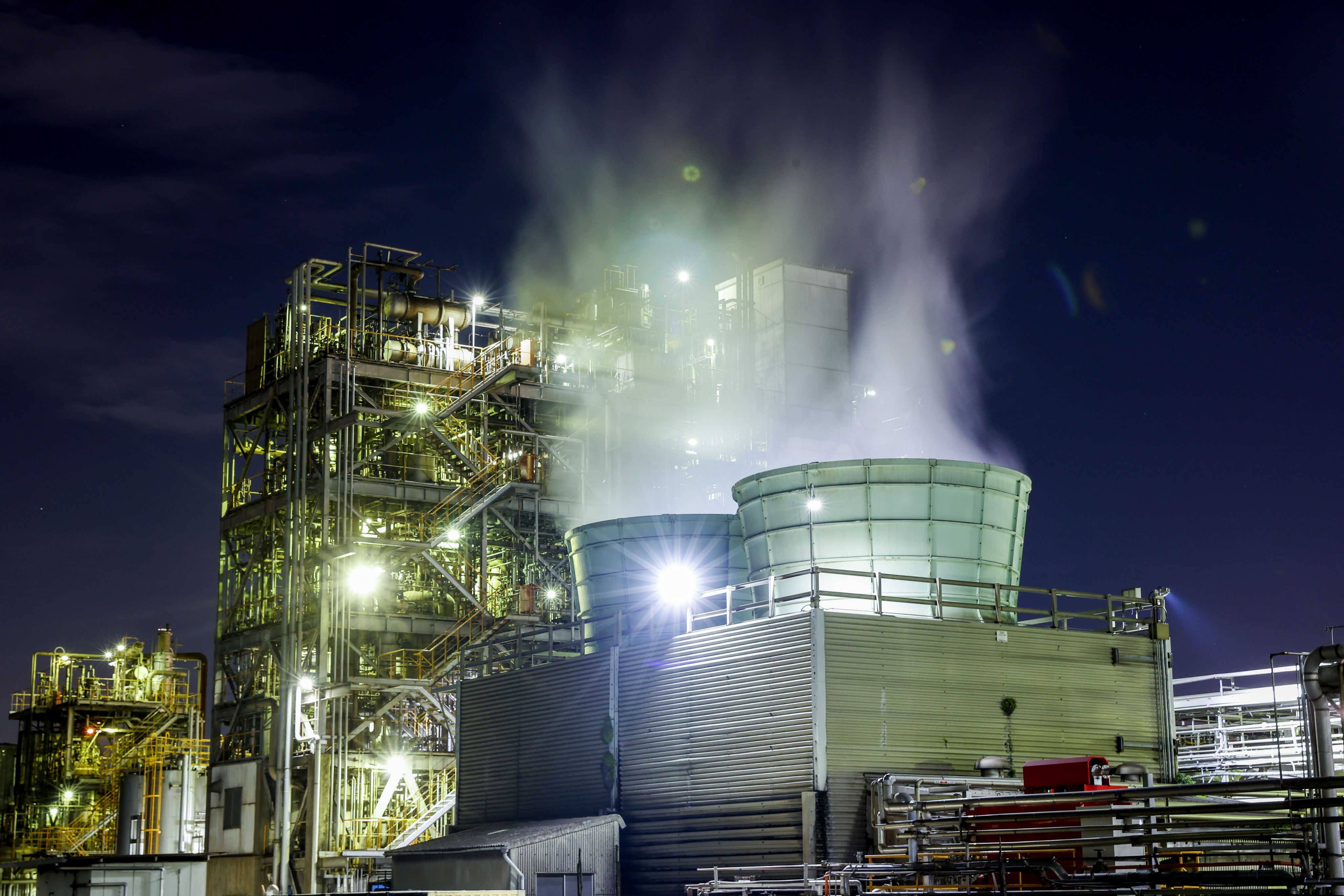

The Company uses Google Analytics, an access analysis tool provided by Google. Google Analytics uses cookies to track use of the Service. (Client ID / IP address / Viewing page URL / Referrer / Device type / Operating system / Browser type / Language /Screen resolution) Users can prevent Google Analytics, as used by the Company, from tracking their use of the Service by downloading and installing the Google Analytics opt-out add-on provided by Google, and changing the add-on settings on their browser. (https://tools.google.com/dlpage/gaoptout) For more information about how Google handles collected data: Google Analytics Terms of Service (https://policies.google.com/technologies/cookies?hl=en#types-of-cookies) Google Privacy & Terms(https://policies.google.com/privacy)
© Kyodo News. All Rights Reserved. No reproduction or republication without written permission.
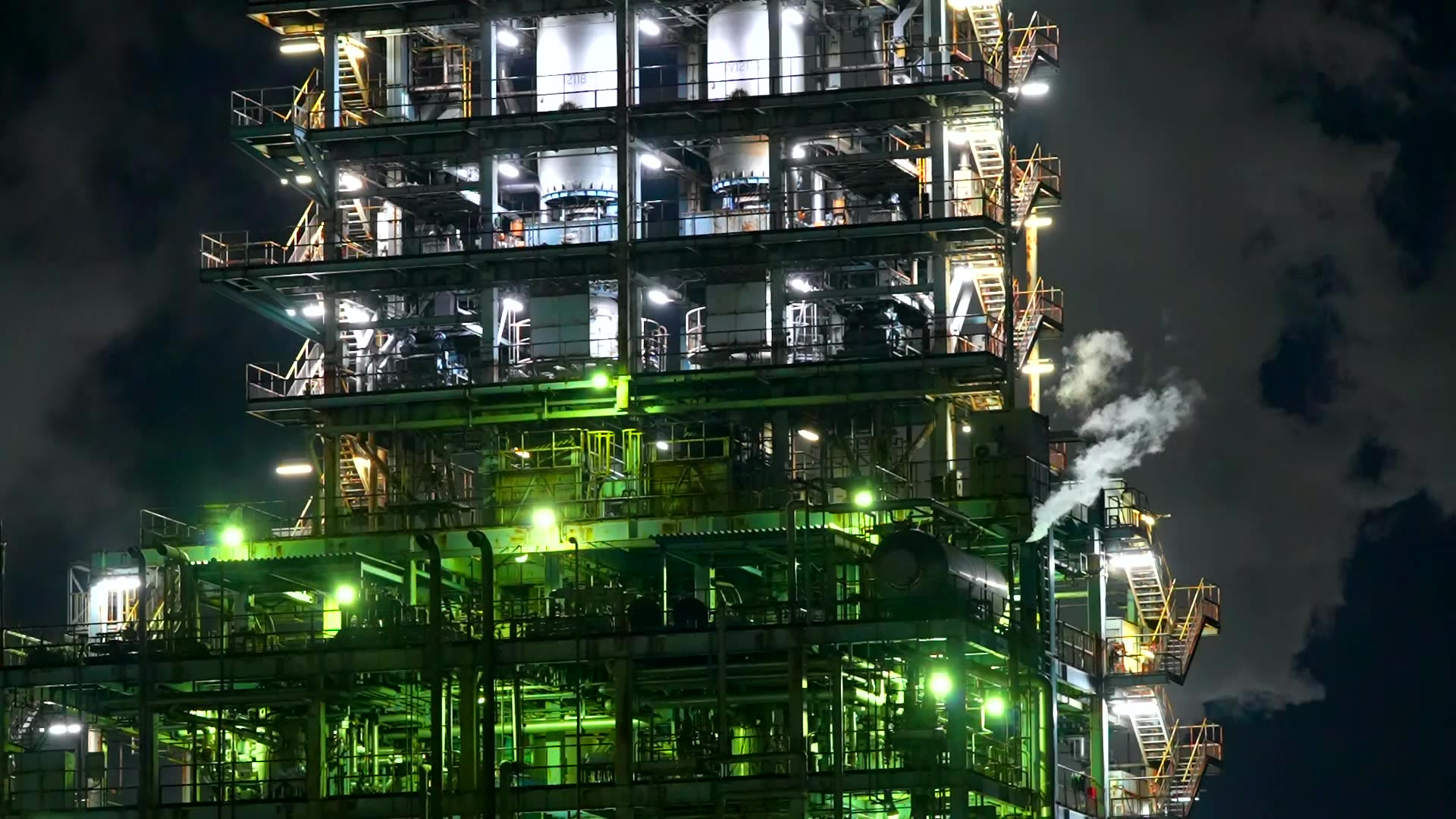
Other visual stories
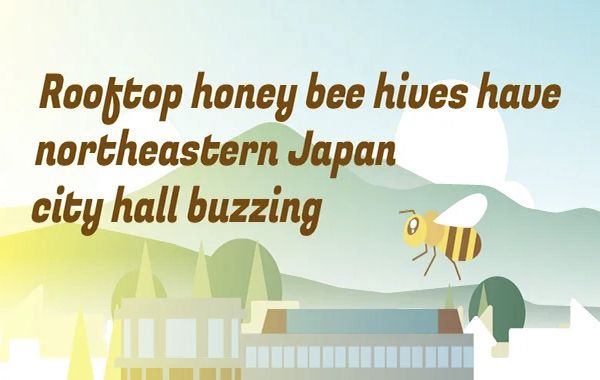
Rooftop honey bee hives have northeastern Japan city hall buzzing
The rooftop of the Tomiya City Hall in Miyagi Prefecture in northeastern Japan is constantly abuzz. Not with residents complaining about taxes, but instead, with honey bees.

May the tomato be with you - Japanese tomato farmer hits sweet spot with viral marketing
A tomato farm in Niigata has created a stir on social media through an inventive marketing strategy, with orders pouring in from across Japan despite the owner himself not being so keen on the famous fruit.
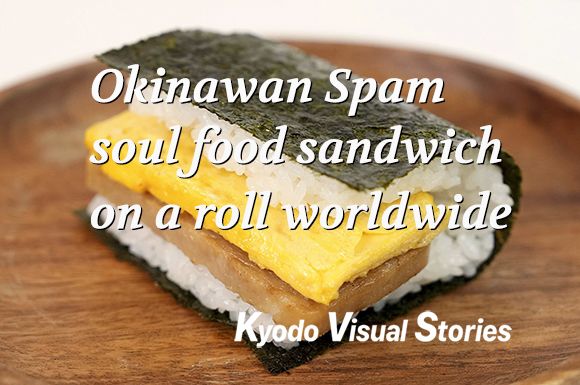
Okinawan Spam soul food sandwich on a roll worldwide
The success of a Japanese man who took an "onigiri" rice ball sandwich known for years as the soul food of Okinawa and turned it into a booming franchise began when his wife cooked the pork and fried egg snack for him one morning at home.warming a group of tourists who have come to see the collection of factories that dot Kawasaki, a large industrial seaside city near Tokyers over a refinery, warming a group of tourists who have come to see the collection of factories that dot Kawasaki, a large industrial seaside city near Tokyo.

The First Slam Dunk - Craze across Asia
"The First Slam Dunk," a Japanese animation film based on the popular basketball manga Slam Dunk, has proved to be a box office hit across Asia. We explore the background to the enthusiasm among Asians for the movie that has transcended time.